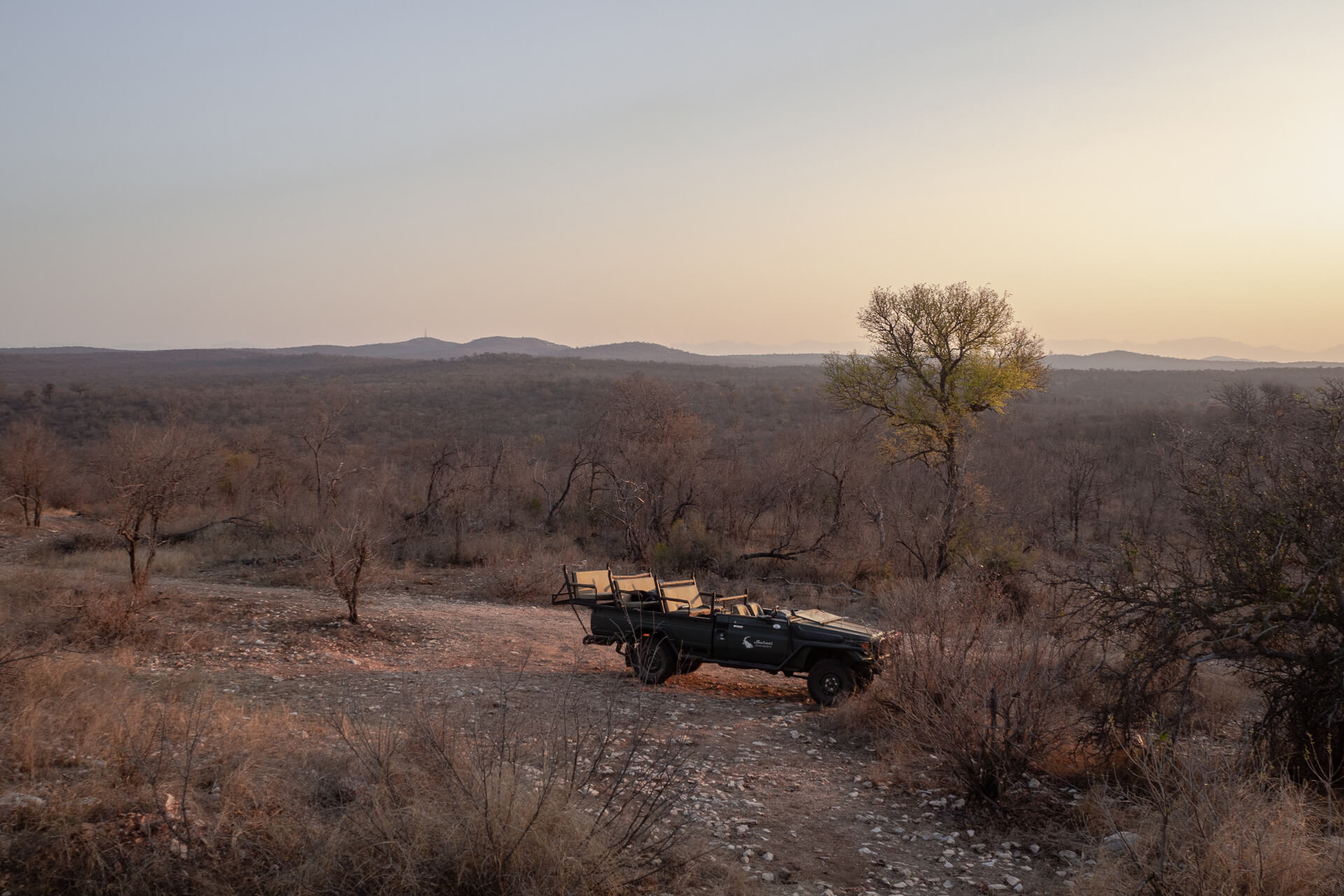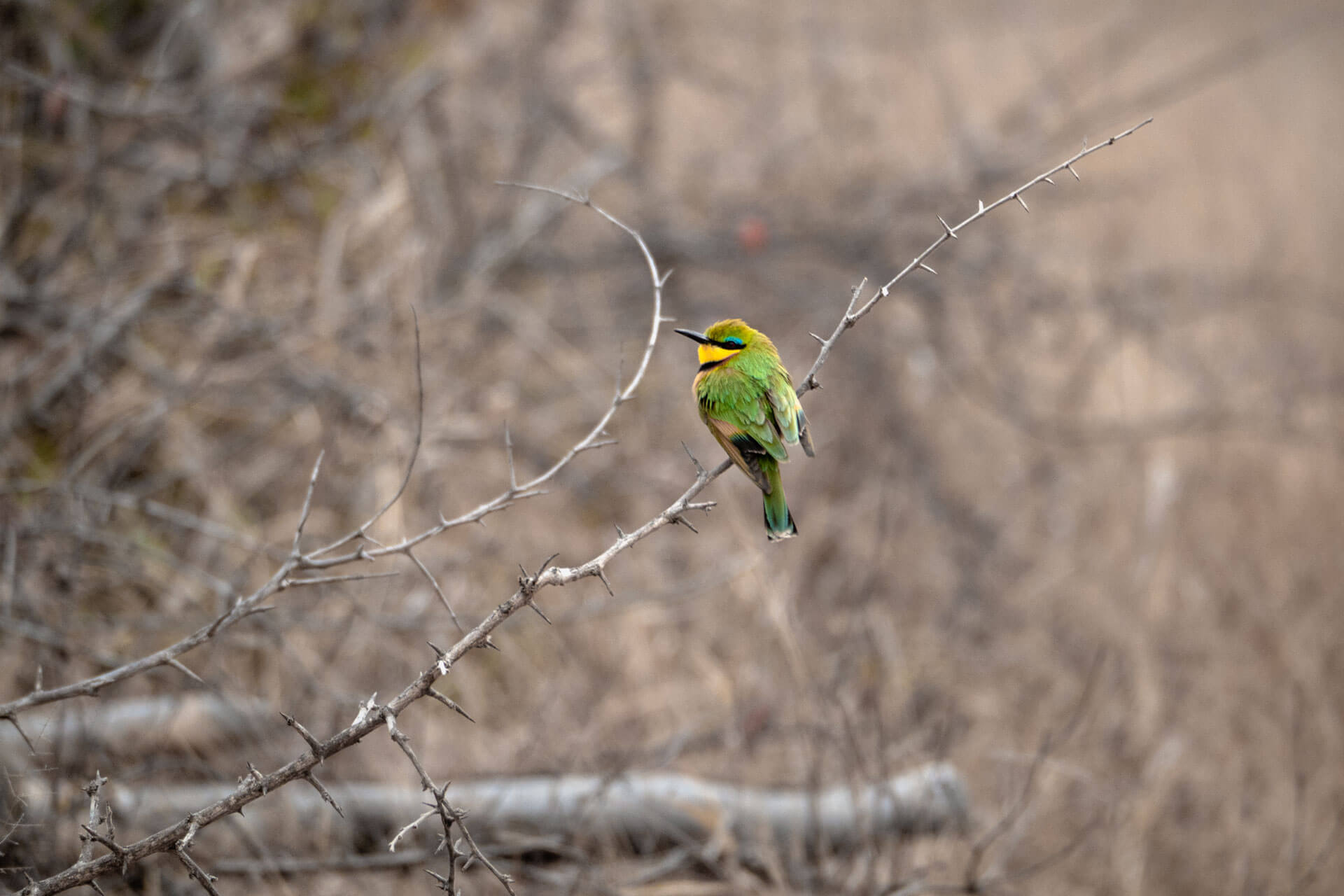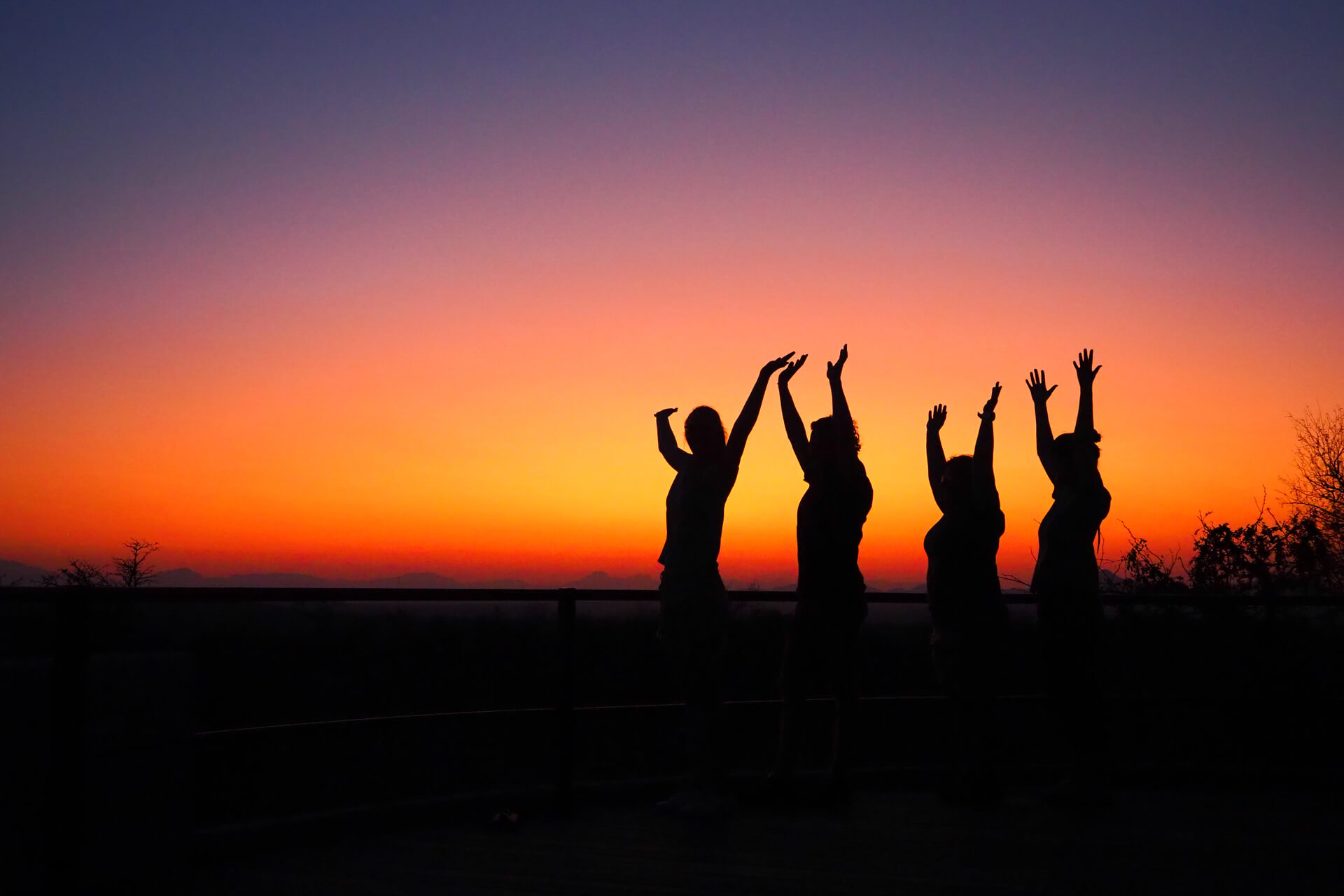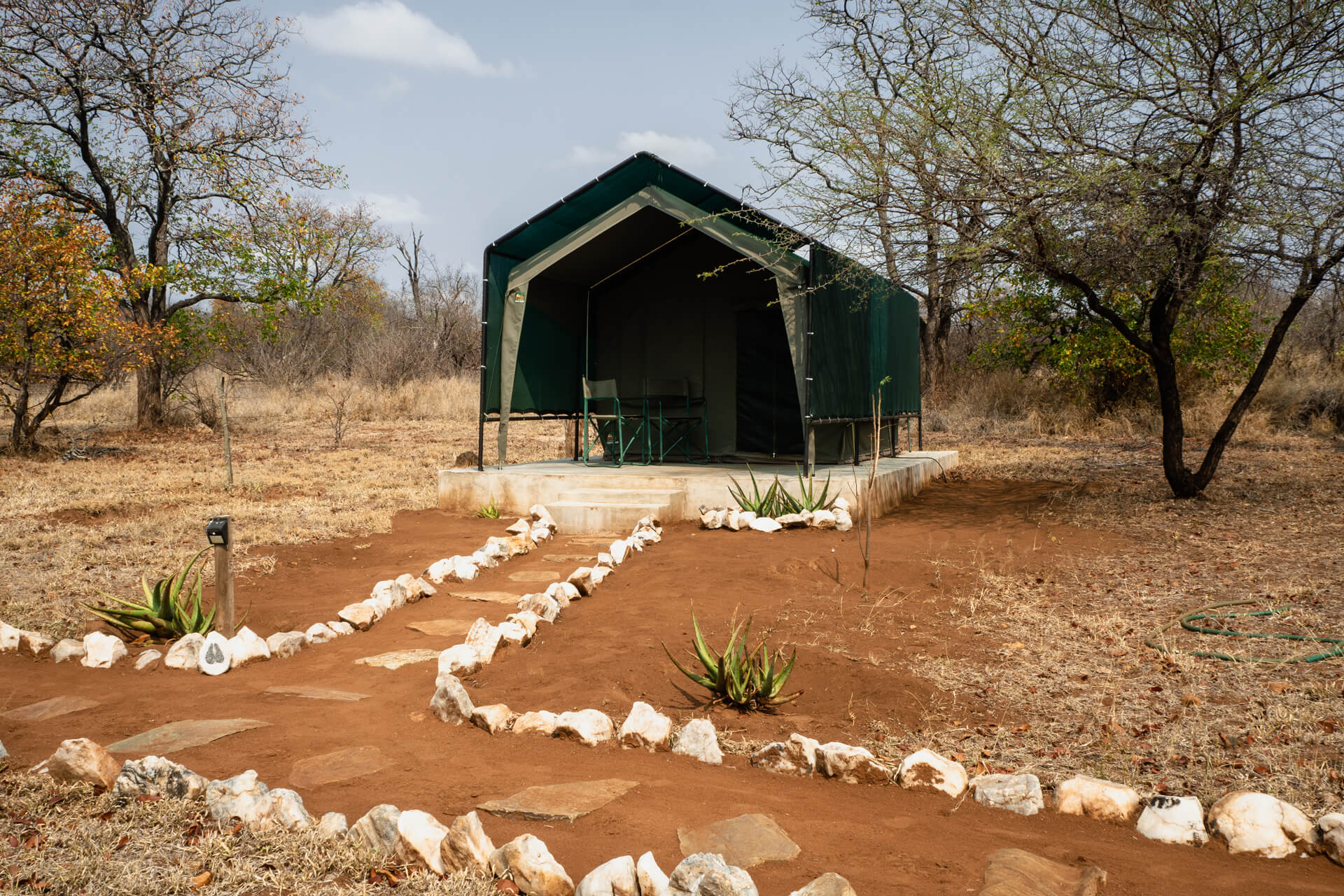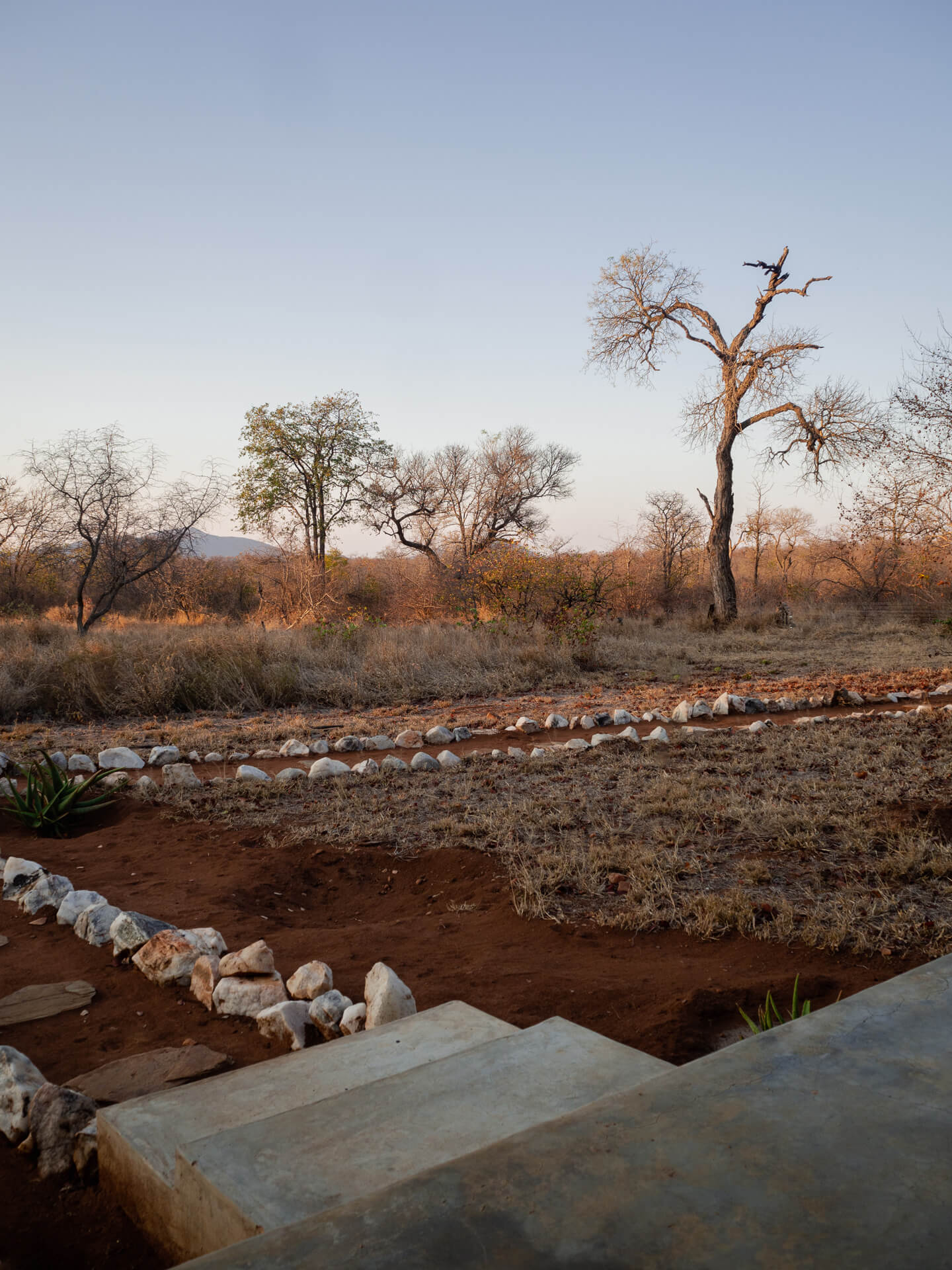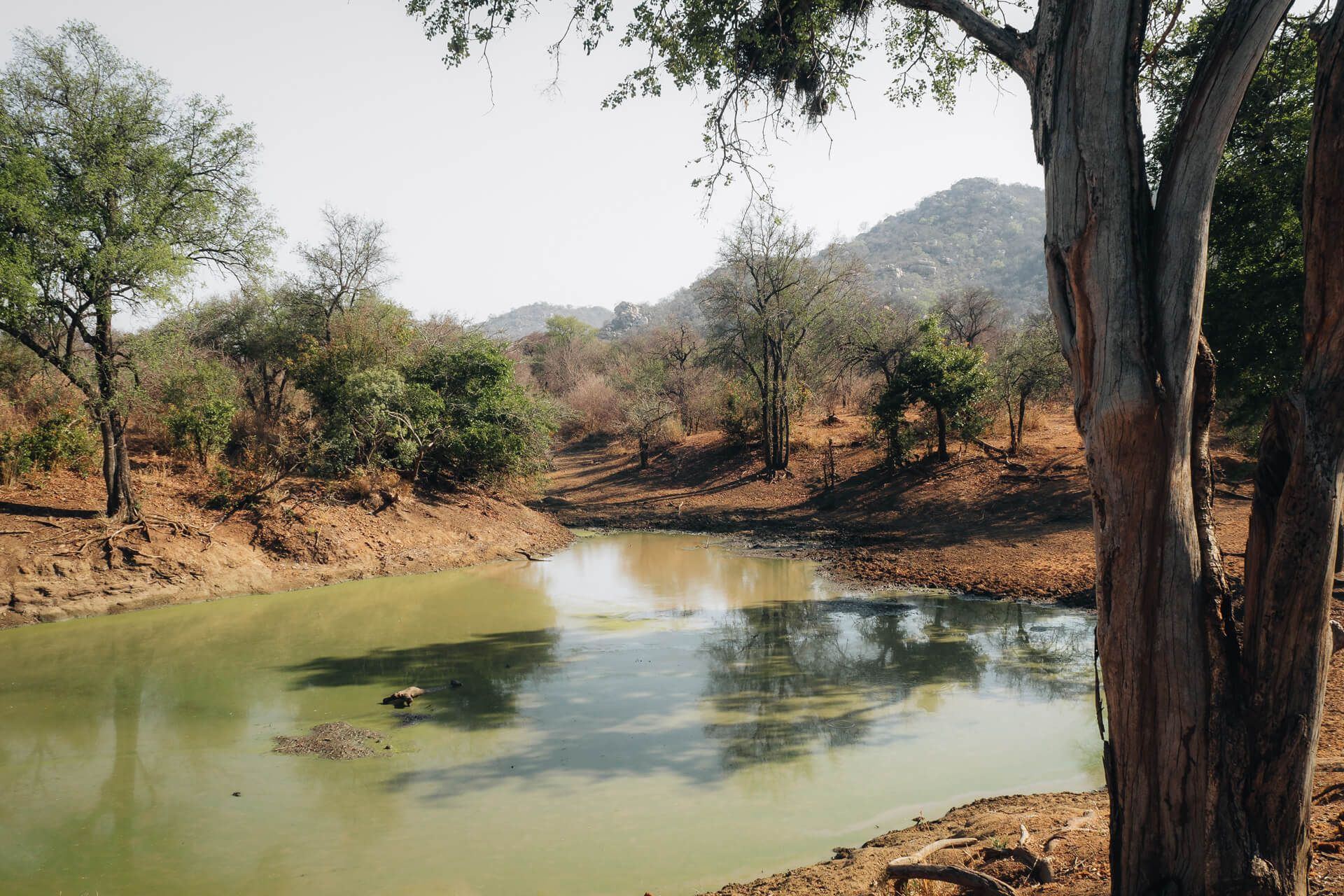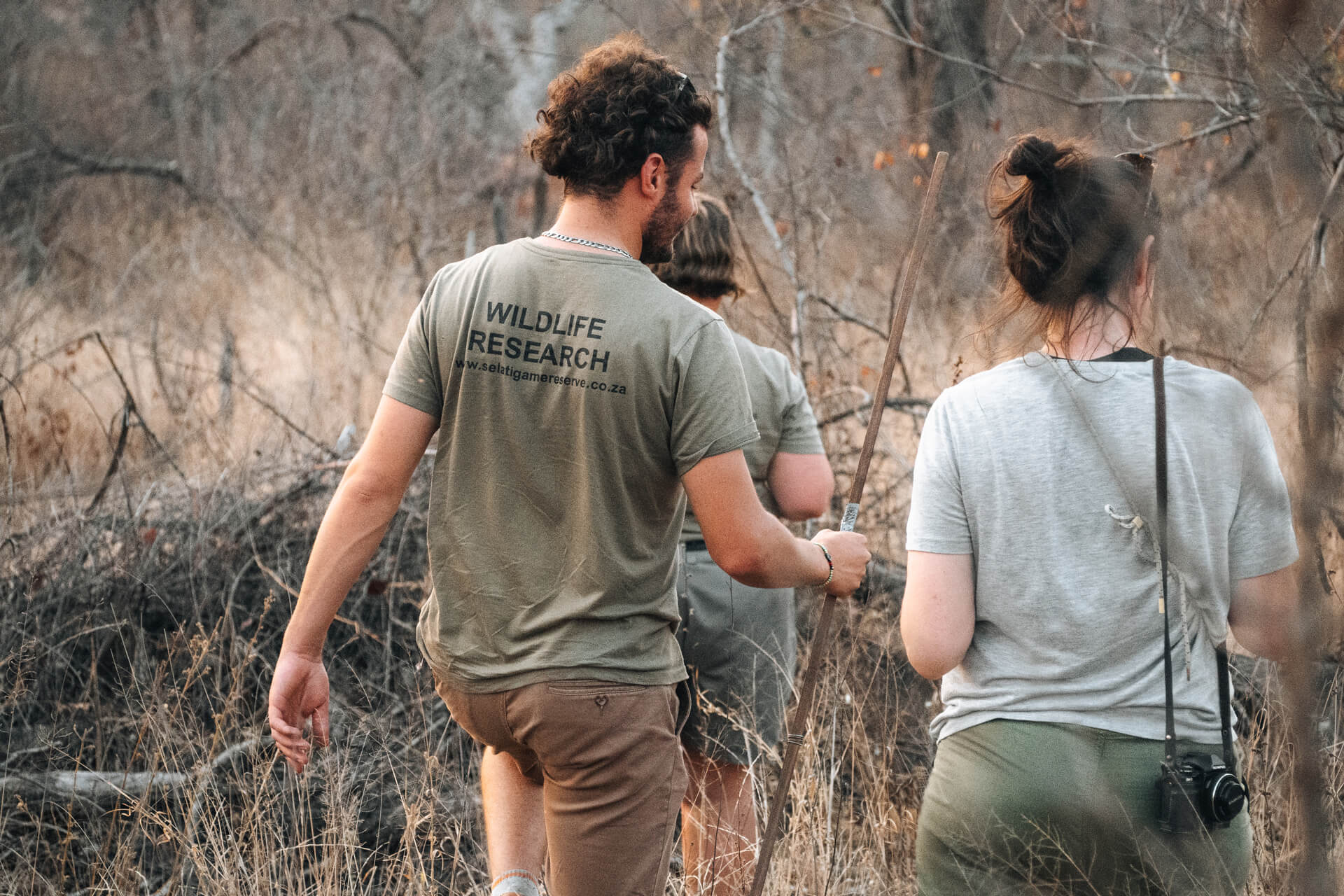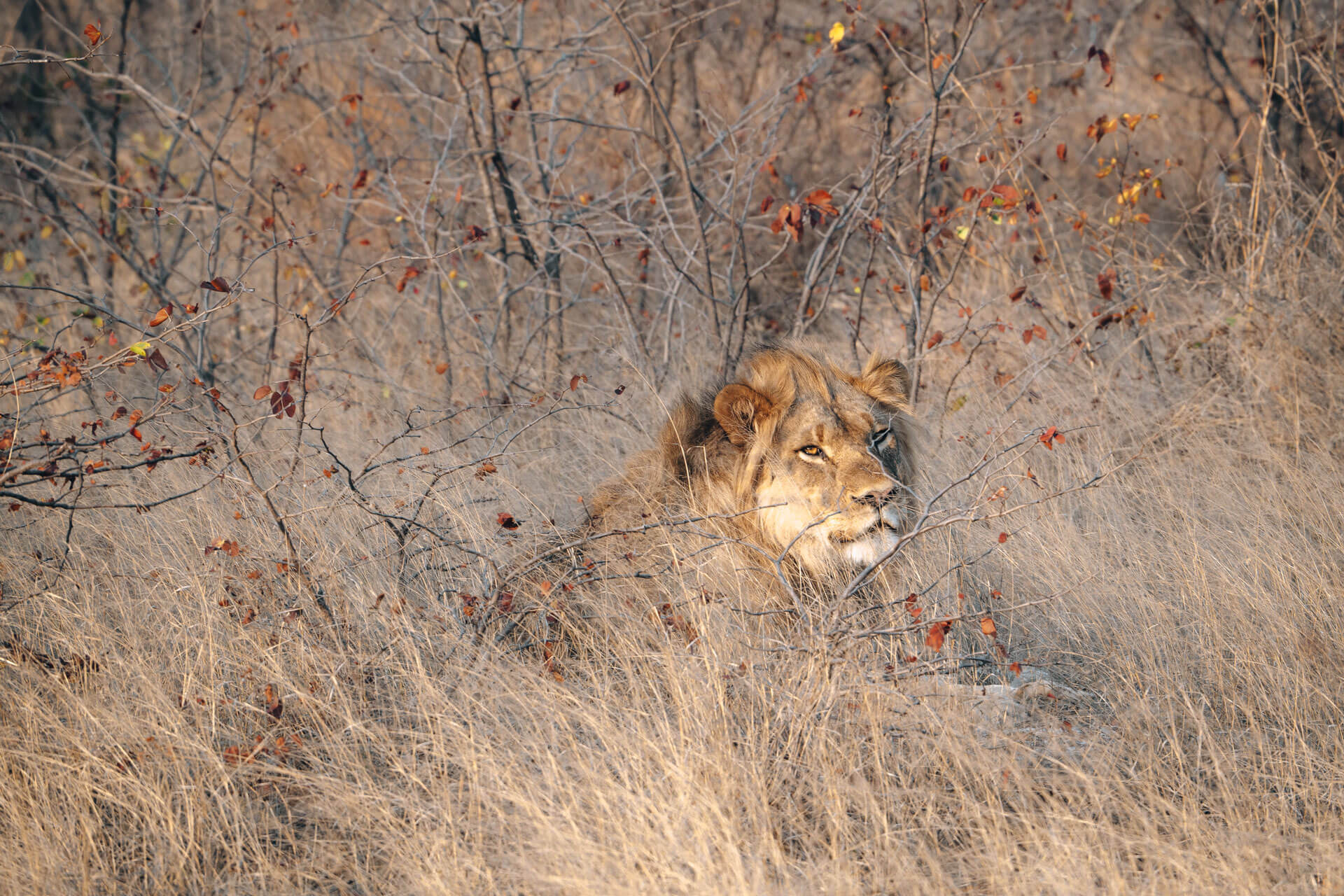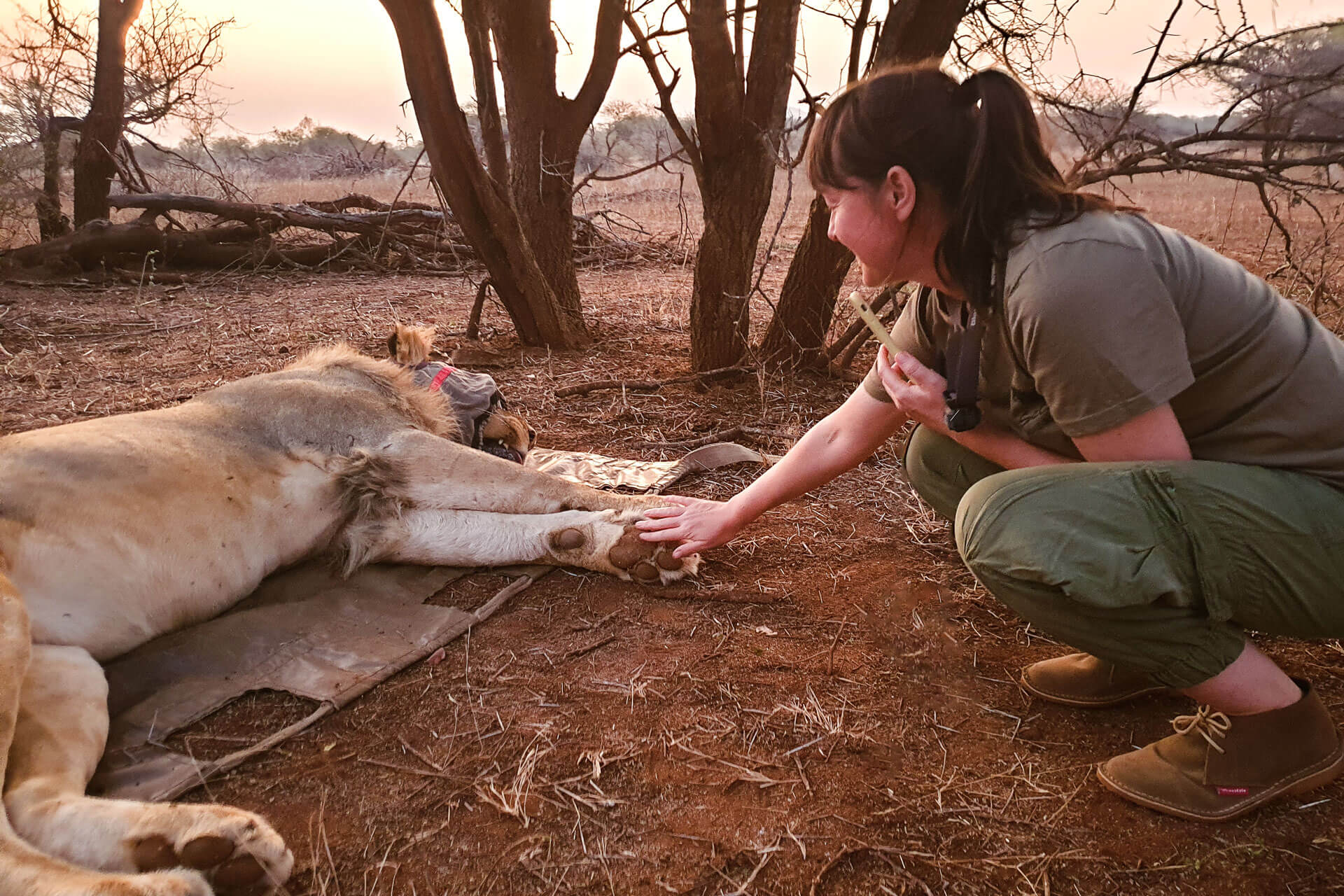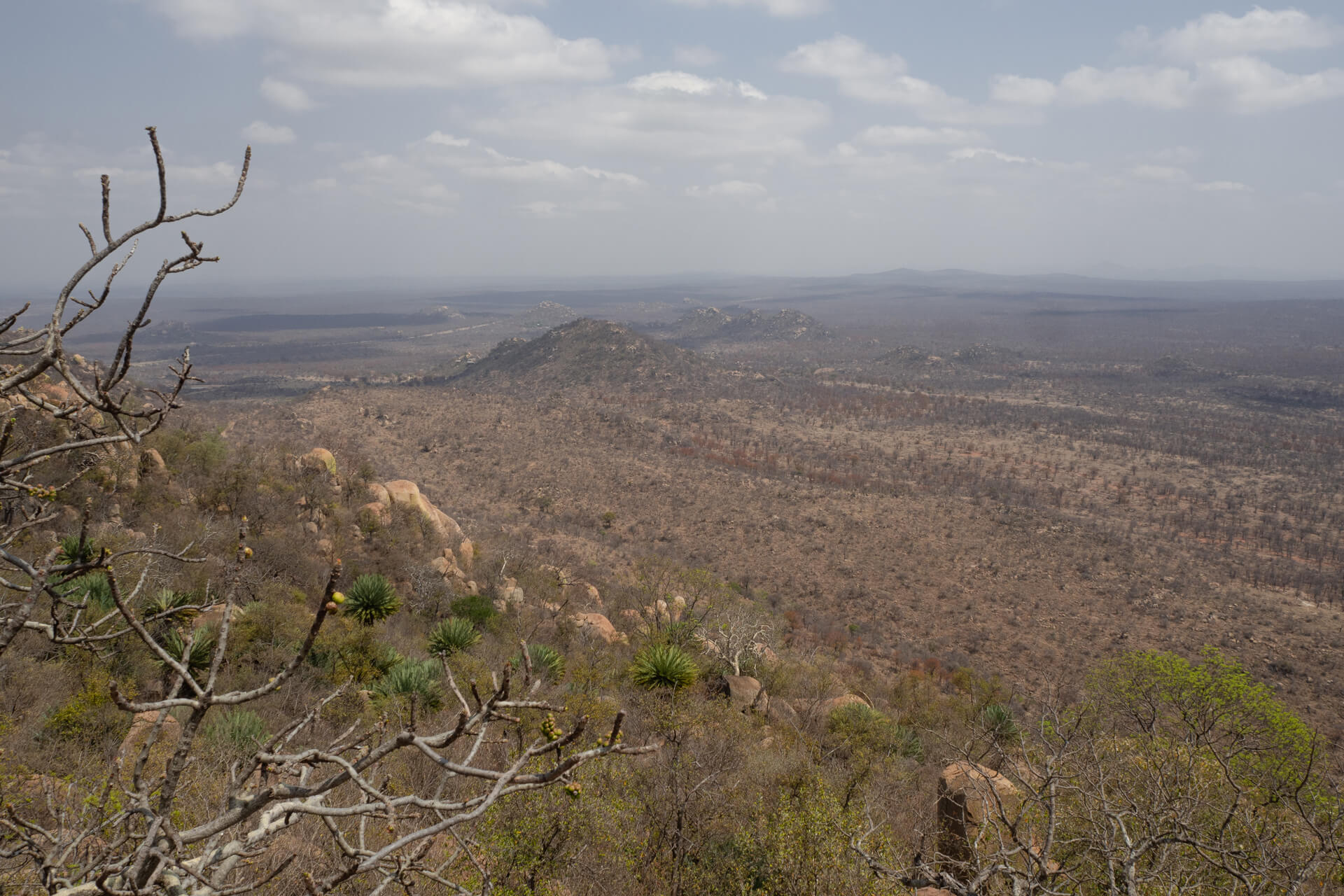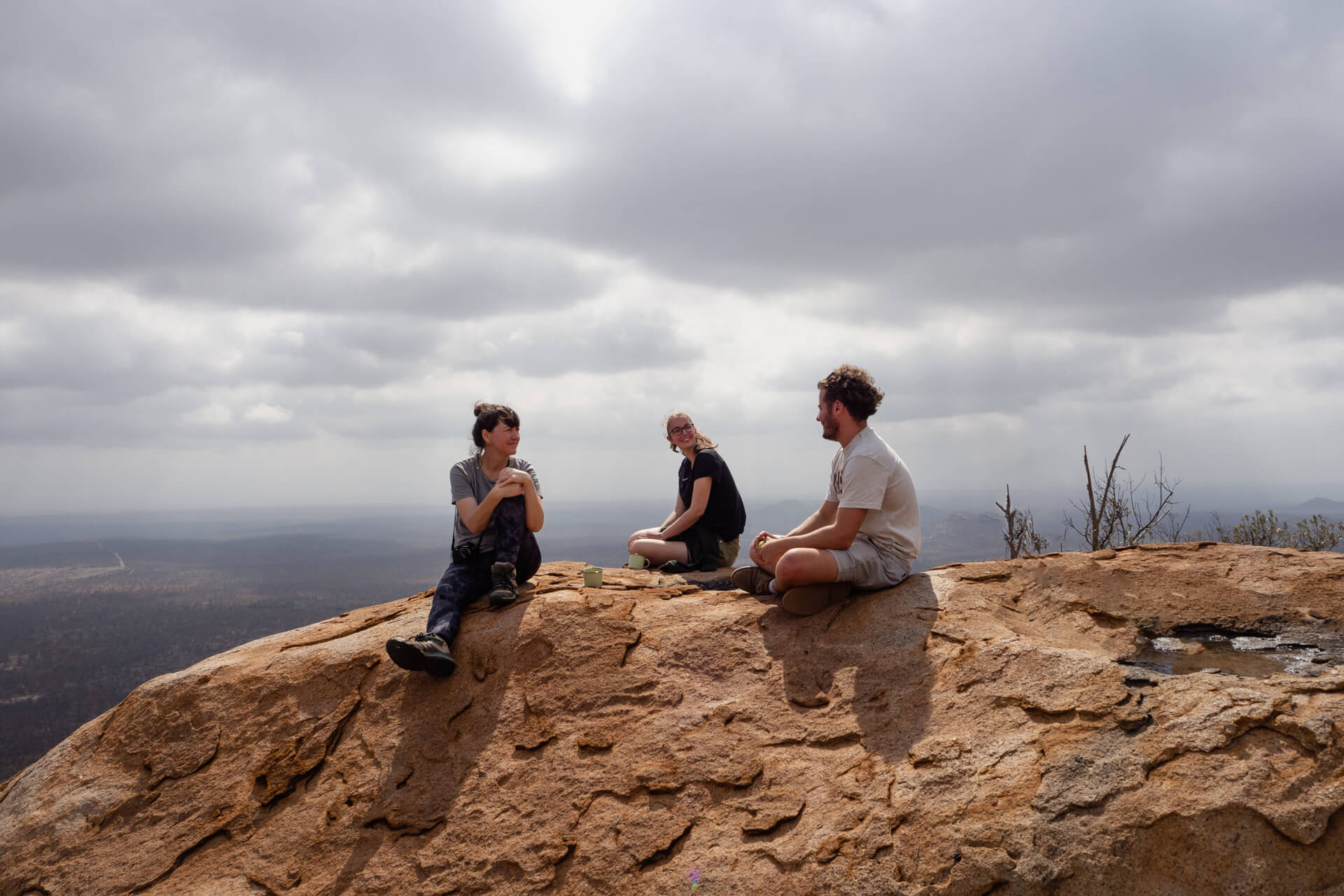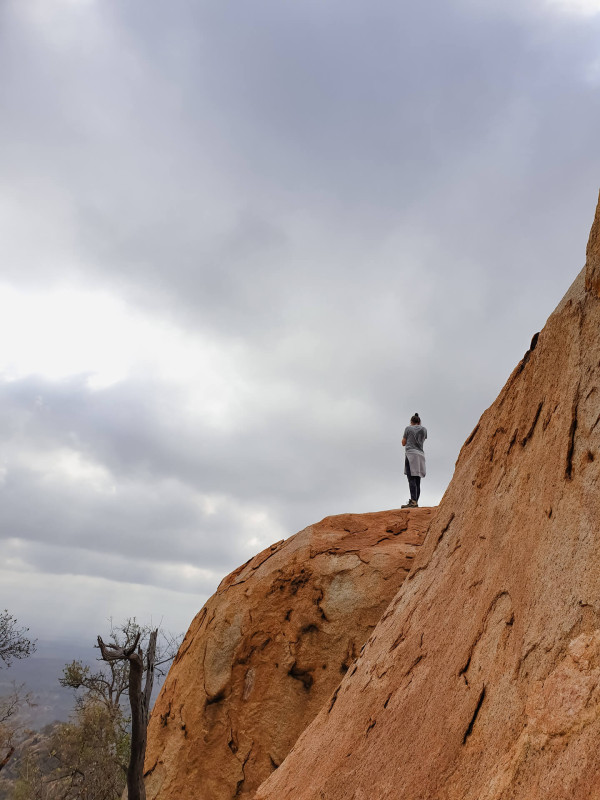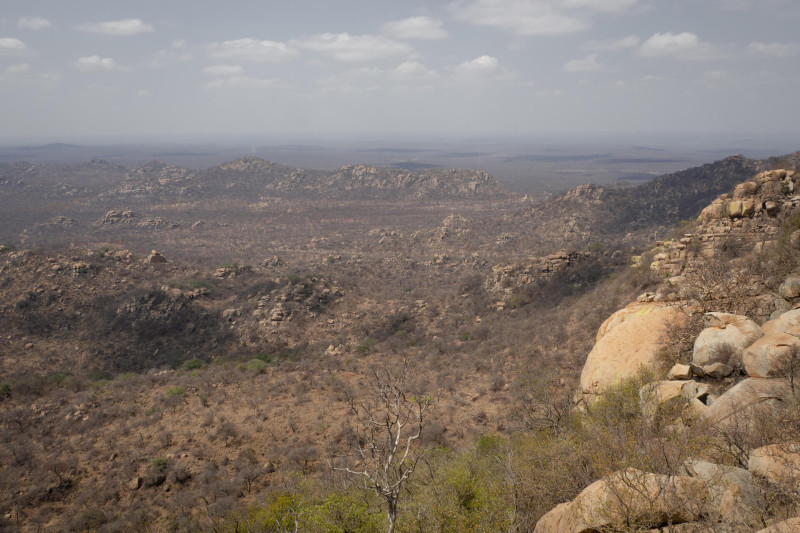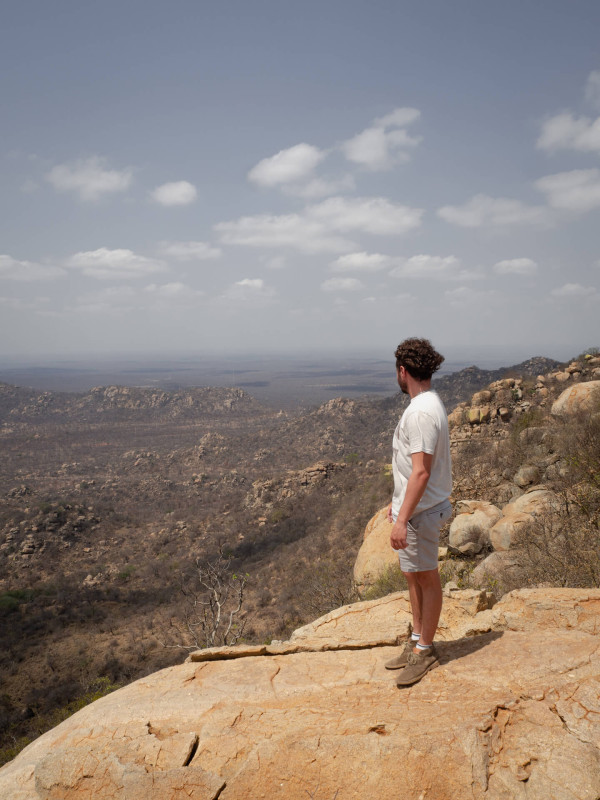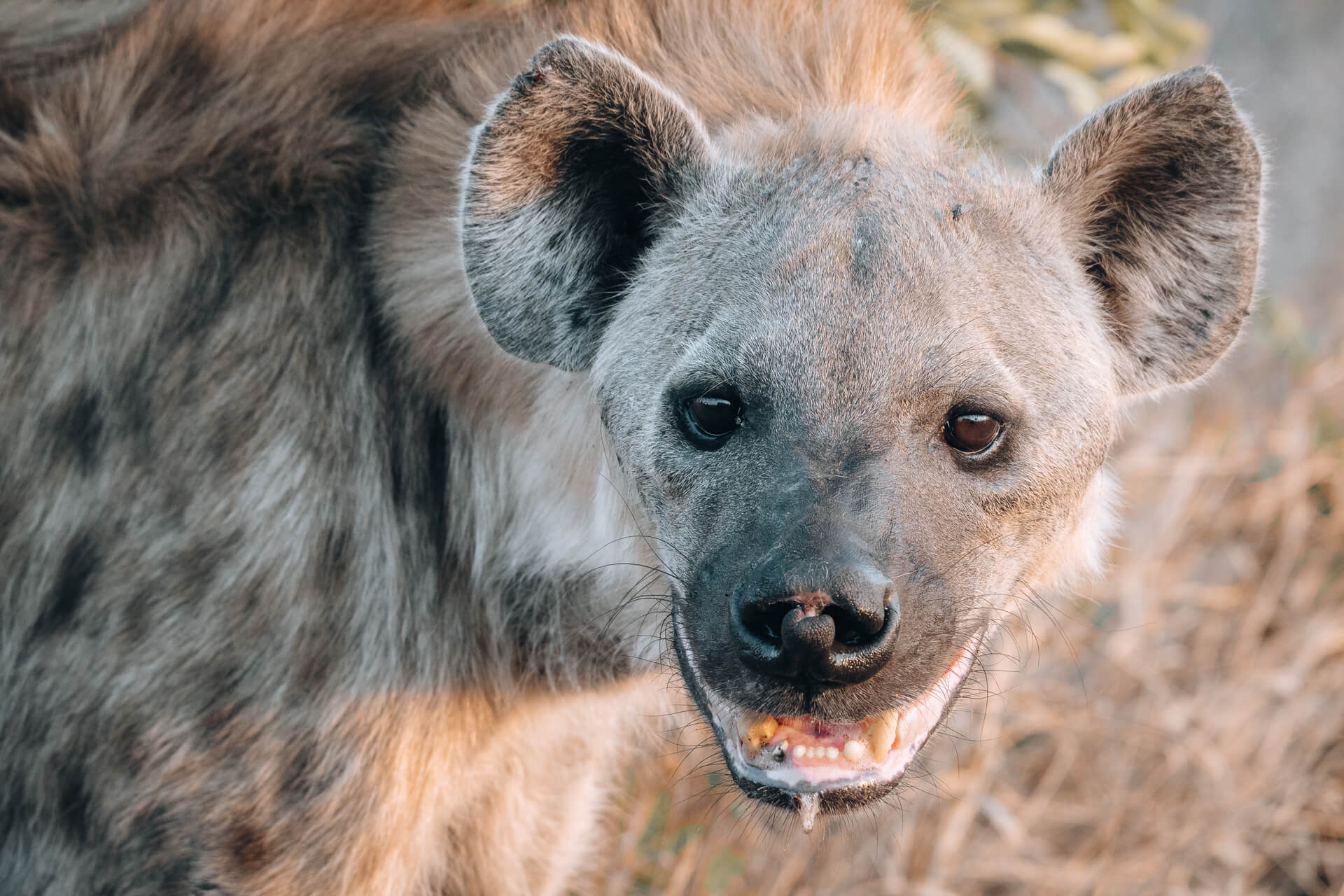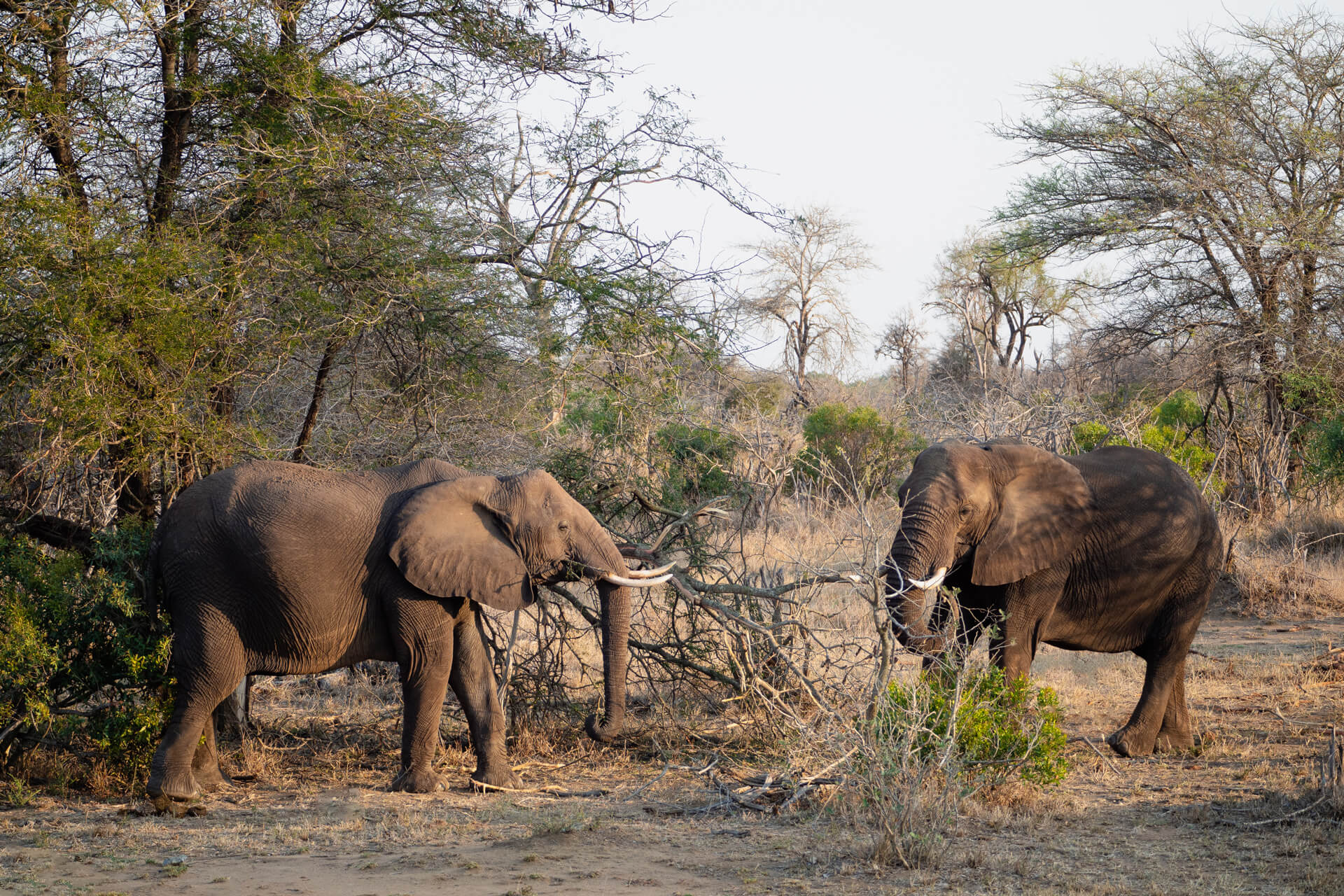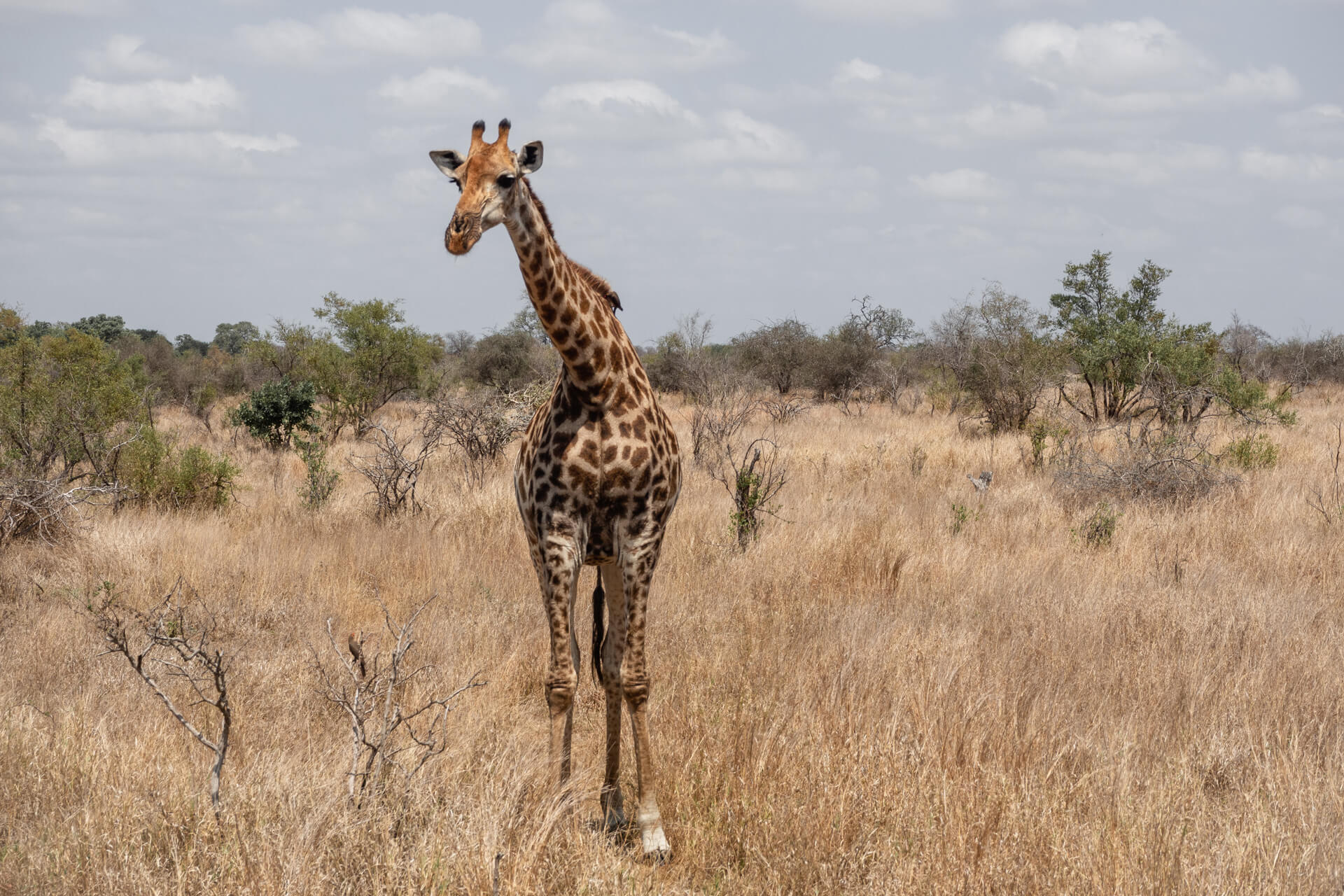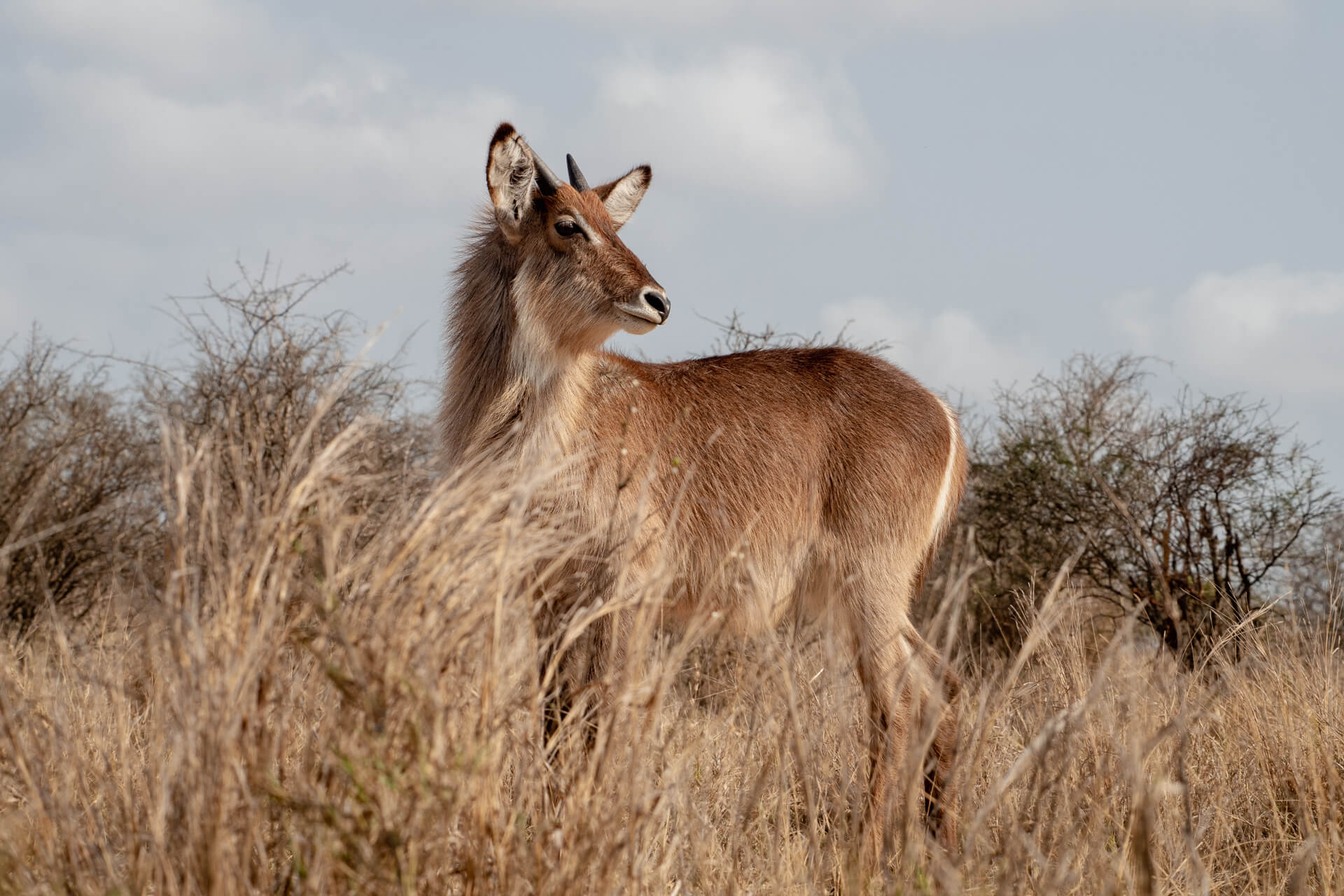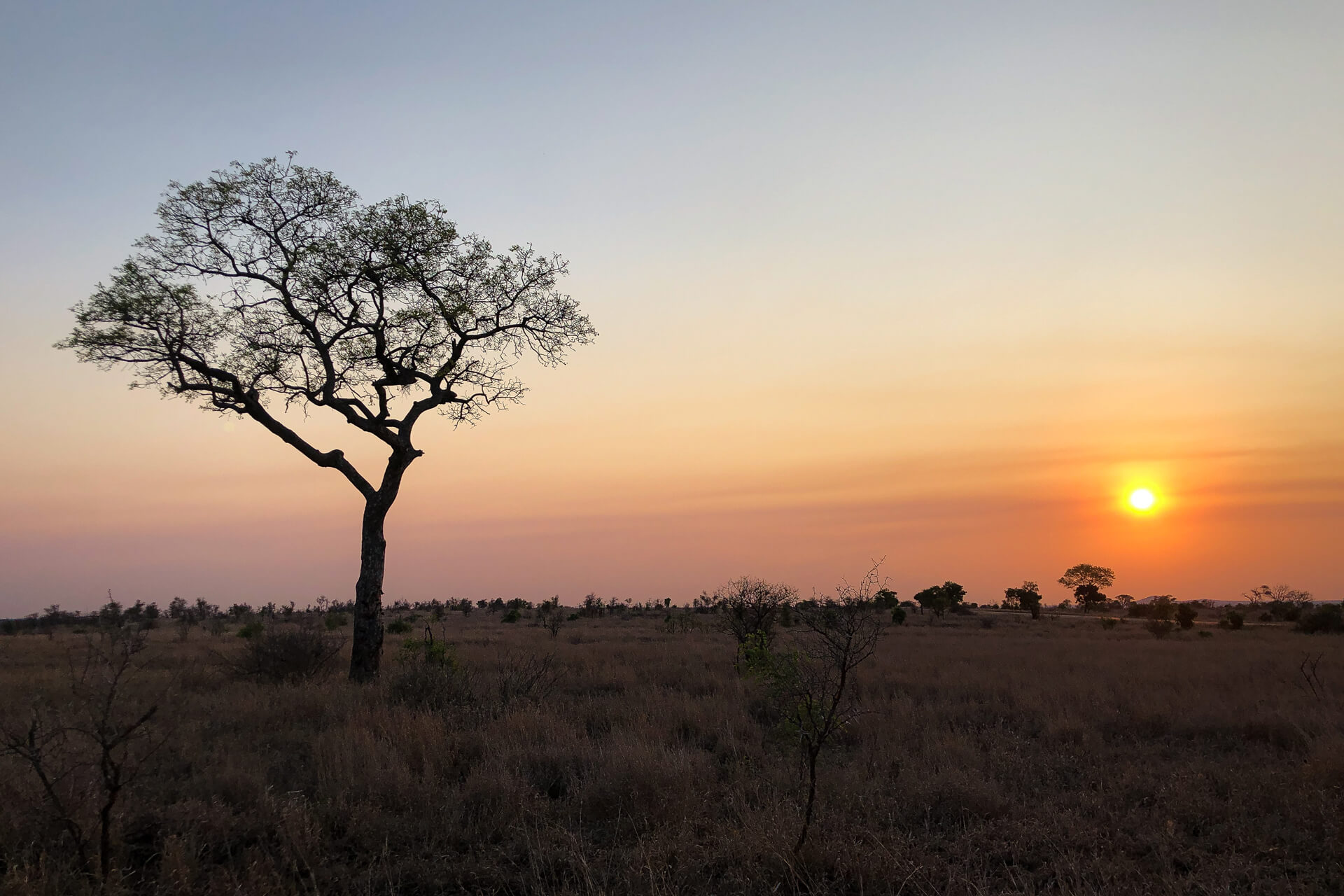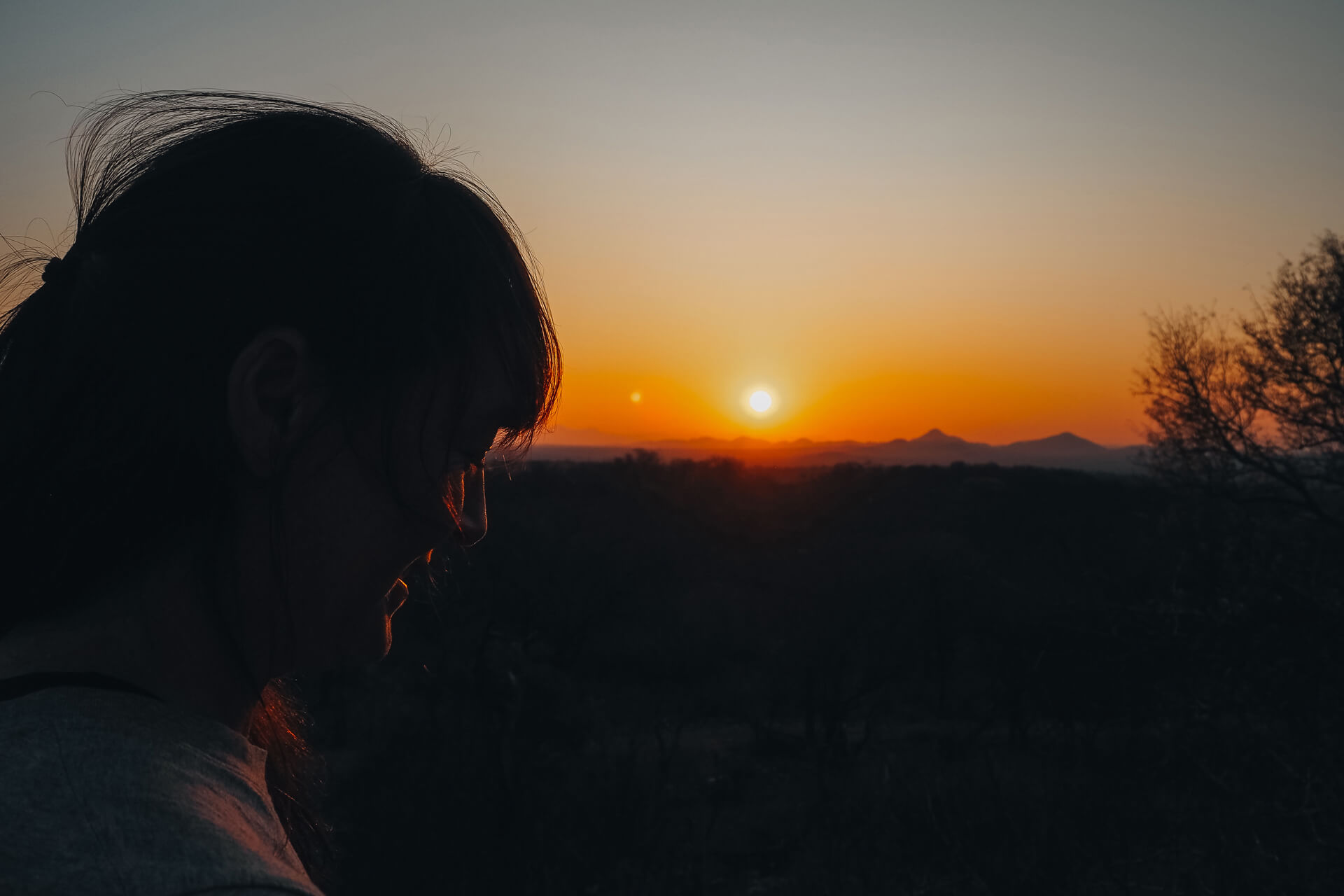In September 2022 I got the chance to volunteer with Selati Research, a wildlife conservation and research program based in Selati Game Reserve. For a total of 3 weeks I joined the research team in their day-to-day duties and experienced first hand what it’s like to work as wildlife conservationist in the field. My absolute highlight during this time was the opportunity to take part in a very special field operation, where I got up close and personal with 2 wild lions. An experience I will never forget!
the role of selati research
Selati Game Reserve lies on 27 000 hectares of land on the western outskirts of Greater Kruger. The privately owned reserve was established in 1993 on former agricultural land with the aim to conserve the surrounding wildlife. Thanks to relentless conservation efforts, Selati is today home to an abundance of different plant and animal species. Besides elephants, cheetahs, lions, buffalos and wild dogs, a significant population of the endangered black and white rhinos lives in the reserve.
Like many other game reserves in South Africa, Selati is a “closed system”, which means that the reserve is surrounded by a fence. In order to maintain its balance and conserve its biodiversity, the ecosystem must be carefully managed. And this is where Selati Research comes into play. Through the data collected in the field, the research team helps to develop a better understanding of the dynamics within the reserve, which is necessary to make informed management decisions.
As a volunteer with Selati Research, I was involved with all the different aspects of a wildlife researcher, including radio tracking, monitoring animals, collecting data in the field or maintaining camera traps. During this time, I not only gained a deeper insight into conservation practices and the challenges involved, but also met some wonderful people who share the same love and passion for the African bush and all its wild inhabitants! ♥️
The Research camp
The research camp is located right at the entrance of the game reserve, within close proximity to the reserve’s headquarter. The five volunteer tents are set up in a beautiful area surrounded by large Mopani trees, and each tent has its own little terrace with a very pretty view. When I first set foot into camp I felt at home right away!
The thing I liked most about camp was that all activities took place outdoors. From cooking to eating to coming together, everything happened outside. The only time I spent inside (meaning in a tent) was when I went to bed. And even then I felt very much connected to the bush around me: the sound of breaking branches when an animal passed by, the wind whistling through the canvas, the eerie call of the Scops Owl in the night. There is no better feeling than being surrounded by nature. It’s where we belong!
But living in the African bush also meant that we had a lot of furry and not so furry visitors in camp. Hyenas, elephants, cheetahs, antelopes and even rhinos regularly visited the camp’s waterhole, which was located very close to the dining area. Being able to get up close with these magnificent animals is always special and something I looked forward to every evening.
Besides the large mammals, we also had a bunch of smaller creatures in camp that were literally part of the inventory: a baboon spider that lived nearby our tents, a common river frog that kept us company in the shower and a solifuge named “Mike” that gave me the creeps every time it ran past, or rather at me. I guess you can’t cherry-pick when you wish for authentic wildlife encounters. 🙂
A day as volunteer
A typical day in the bush starts early. Very early! Every morning, except for Sunday, my alarm went off at 4.45 a.m. when it was still pitch-dark outside. And I won’t sugarcoat the fact that waking up at this early hour was a daily struggle. Luckily the resident hyenas made it a bit easier for me to get out of bed. Each morning when the sun was about to rise, they welcomed us with their distinctive “whoop whoop”-call to let us know that it was time for our daily dose of adventure. And there was no doubt at all that we would always follow that call… 😉
After a quick breakfast and much needed coffee, we left camp at around 5.30 a.m. to go on our morning drive which would typically last for 3-4 hours. Depending on the schedule and the current research needs, each drive had a different topic. While we monitored a wild dog with an injured leg on one day, we exchanged the batteries of the reserve’s camera traps on another. Other tasks involved taking ID-photos of the collared key species, checking the reserve’s Marula trees for elephant damage or collecting data of the animals and herds we encountered. Thus, every day and every drive was different from the one before.
After the morning drive and back in camp we had time to eat lunch, take a shower or relax in one of the camp’s hammocks. On most days we also helped with some office work, which mainly included processing the numerous pictures of the reserve’s camera traps. Our task as volunteer was to look at each picture and define which animal was on it, how old it was and if it was a male or female. This data allows the research team to constantly monitor the reserves’s key species and provides important information on the more elusive animals that are not that often seen in the reserve.
At around 3.3o pm we left camp for our afternoon drive, which usually lasted until it got dark. As soon as the sun had set, we turned on our spotlights and started to look for nocturnal animals. While we mainly spotted scrub hares, bush babies and nightjars, we got very lucky on one evening! The resident wild dogs were on the move and we were able to follow them for several minutes. While it is quite special to see wild dogs at day-time, observing them in the evening when they are about to hunt is even more thrilling! In order to fully absorb this special encounter, we turned off our engine and spotlights and listened to their high-pitched chirping while they moved past us in the dark. What a special memory!
At around 7 pm, when it was time for dinner, we were usually back in camp. While the volunteers prepared their own breakfast and lunch, dinner was cooked by lovely Lisca, the camp’s chef. And we were always hungry! Nature and tons of fresh air definitely whet the appetite. 😅
After dinner and some socializing, we usually called it a night and everyone made their way back to their tents. Tired, happy and full of anticipation for the next day.
Elephant impact survey
Each year in March and September, another special task awaits the volunteers: the so-called “Elephant Impact Survey”. What does it involve? Foremost, very bruised legs…! 😀
The Elephant Impact Survey is a large-scale study that is conducted to evaluate the impact elephants have on the reserve’s vegetation. In total, 40 sites across the whole reserve are assessed by walking 40 meters into the bush and measuring the damage on the vegetation along a straight line (transect). Every tree that grows in a radius of 1,5 m along that line, no matter how small it is, becomes part of the survey. Which means we had to define the metrics of the tree, such as species, height and leaf coverage as well as the present damage, including broken branches, debarked trunks or exposed roots.
As you can imagine, the tension was almost unbearable every time we arrived at a new transect: Would the site be quite barren or full of vegetation? In which direction would the GPS point us? Was there a lot of visible impact on the trees or could we tick them off as “not damaged”? Although we were very enthusiastic volunteers, we always hoped for a rather barren site with only little vegetation that has never come into contact with an elephant in its life… 😉
But of course this rarely happened, and sometimes it took us a couple of hours to fully assess a site. It’s not always easy to be a conservationist.
A special Operation
While I enjoyed every single day of my 3 week placement, one special event will remain in my memory for a very long time. 2 of the 3 younger lions in Selati Game Reserve had to be captured and relocated to another reserve, where they would help to enhance the local gene pool. As volunteers we had the possibility to take part in this special field operation and help the research team with the different tasks involved.
The operation was planned for a late afternoon. After everything had been thoroughly prepared, we left camp with 2 big transportation crates and a dead kudu cow as bait and headed to the place where both lions had last been spotted. Fortunately, the two boys where still in the area and the the signal emitted by their tracking collars allowed the research coordinator to determine their location. Now the exciting part of the operation was about to begin!
Once the vet had prepared the gun with the anesthetic, the research team attached the kudu cow to the back of the car and dragged it to a place close to the lions. It didn’t take very long for the lions to go for the bait, which gave the vet the opportunity to place 2 well-aimed shots to sedate the cats. From that moment on, we had roughly 45 minutes until the lions would start to wake up again.
Immediately after the lions had fallen asleep, the vet and research team went to work, which included measuring the lions from head to toe, taking blood samples, administering injections and checking the implemented chips. Having the opportunity to get up close with 2 wild lions, feeling their heartbeat and touching their wiry fur was an intense and thrilling experience that I will never forget. After all, who else can claim to have high fived a wild lion? 😀
Soon after the lions had been prepared, we started to load them into the crates. A task easier said than done, since the lions were incredibly heavy! It took a total of eight people to lift the lion from the ground and into the crate. And these two lions weren’t even fully grown yet!
But luckily everything went just as planned and soon both lions were safe and sound on the truck, ready to embark on their big journey. What an exciting day!
Leisure time well spent
Saturday afternoon and Sunday were our days off, meaning no activities took place. A perfect opportunity to leave camp and explore some of the area’s highlights!
Lillie Cycad Reserve
On the first weekend of my placement, we took a trip to Lillie Cycad Reserve, a beautiful area dominated by granite hills in the southern region of Selati Game Reserve. But it’s not only the beauty of the landscape that makes this area so special. Lillie Cycad Reserve is the only known place in the whole world where the critically endangered Lillie Cycad (Encpehalartos dyerianus) still grows in the wild.
Cycads have been around for millions of years and have survived 3 of the 5 global mass extinction events in the history of earth. Sadly, they are now close to the brink of extinction. Because of their attractiveness as garden plant, they have a high commercial value and are thus prone to extensive poaching. In order to protect these ancient beauties, the Lillie Cycad Reserve is thus patrolled by an anti-poaching unit.
Luckily we had the opportunity to visit this special area in the reserve and to enjoy the magnificent view from the top of the granites hill. We even spotted some teeny tiny giraffes and kudus from above!
Kruger National Park
Since Kruger National Park is only an hour drive away from Selati Research, a visit to the park was a logical choice and one of my absolute highlights during our stay in South Africa. Two weekends in a row, we rented a car to spend time in Kruger, Africa’s most famous wildlife destination.
And I still can’t believe how lucky we were, as in the little time we had, we managed to see some of Kruger’s wildlife gems: a beautiful male leopard relaxing on the branches of a Knob-thorn tree, a pack of wild dogs running past our car, cheetahs crossing the road in front of us, a huge herd of buffalos, lions, elephants, hyenas… In short: we had it all!
But to me Kruger is more than “just” animal encounters: I could spend days driving around in the beautiful landscape with the car window down, feeling the warm wind on my skin. It’s difficult to put into words, but Kruger has this special magic, especially in the evening hours when the sun is about to set. The golden light transforms the landscape into a fairytale and suddenly everything feels calm and peaceful. It is this incomparable atmosphere that keeps drawing me to Africa over and over again.
As always, my time in Africa went by way too fast and I will miss everything about it: the beautiful sounds of the bush, my dirty feet from being outside all day, the incredible sunsets you can only find in Africa, falling asleep and waking up in the middle of nature, learning and experiencing new things everyday, and above all: the amazing people I was lucky to meet! I hope our paths will cross again someday! ♥️

